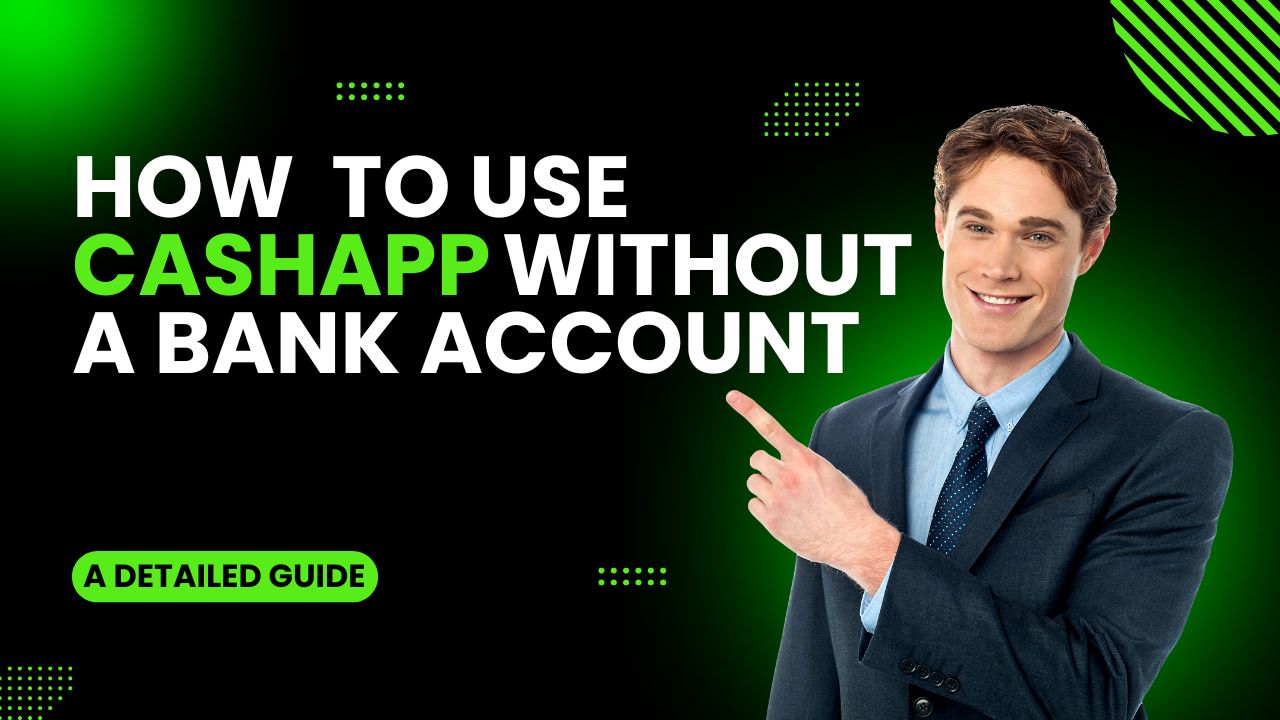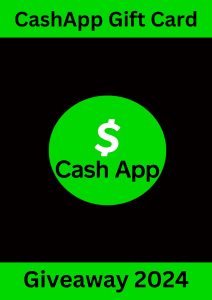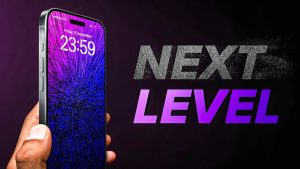
Cash App is a popular mobile payment service that allows users to send and receive money quickly and easily. With its simple interface and convenient features, it’s no wonder that Cash App has become a go-to choice for many people. However, one common question that arises is whether you need a bank account to use Cash App. In this guide, we’ll explore how Cash App works, whether you need a bank account, and the different ways you can use Cash App to manage your money.
Introduction to Cash App
Cash App, developed by Square Inc., is a mobile payment service that allows users to send and receive money easily. It offers features such as direct deposits, investing in stocks, and buying Bitcoin. With over 30 million active users, Cash App is a popular choice for peer-to-peer payments.
How Cash App Works
Cash App works by linking your app to a funding source, such as a bank account, debit card, or credit card. Users can send and receive money using their Cash App balance, which can be funded in various ways. The app also offers a Cash Card, a Visa debit card that allows users to spend their Cash App balance directly.
Do You Need a Bank Account to Use Cash App?
No, you do not need a bank account to use Cash App. While linking a bank account can enhance your experience by allowing easier money transfers and withdrawals, it’s not a requirement. Cash App can be used without a bank account by utilizing the Cash Card and receiving direct payments into your Cash App balance.
Using Cash App Without a Bank Account
If you don’t have a bank account, you can still use Cash App by receiving money from other users or adding money through other methods.
Adding Money to Cash App Without a Bank Account
You can add money to your Cash App balance by:
- Receiving Payments from Other Users: Friends or family can send you money directly to your Cash App.
- Cash Card Deposits: Use your Cash Card to deposit money at participating stores like Walmart, CVS, and Walgreens. Note that this method may incur a fee.
- Direct Deposits: Set up direct deposit with your employer to receive your paycheck directly into your Cash App account.
Receiving Money Without a Bank Account
Receiving money on Cash App without a bank account is simple. Once someone sends you money, it will appear in your Cash App balance. You can then use the balance to make purchases or withdraw cash using the Cash Card.
Linking a Bank Account to Cash App
While you don’t need a bank account to use Cash App, linking one can provide additional benefits.
Benefits of Linking a Bank Account
- Easy Transfers: Transfer money between your Cash App balance and your bank account seamlessly.
- Higher Limits: Increase the amount of money you can send and receive.
- Direct Withdrawals: Easily withdraw funds from Cash App to your bank account.
How to Link a Bank Account to Cash App
- Open Cash App: Launch the app on your mobile device.
- Go to the Banking Tab: Tap on the bank icon located at the bottom of the screen.
- Add a Bank Account: Follow the prompts to enter your bank account information.
- Verify Your Account: Cash App may ask you to verify your account using your bank’s credentials or by confirming micro-deposits.
Alternatives to Using a Bank Account with Cash App
If you prefer not to link a bank account, there are other options to fund your Cash App balance:
Using a Debit Card
Linking a debit card is a straightforward way to add funds to your Cash App balance. Debit cards provide instant transfers, making it easy to manage your money.
Using a Credit Card
Cash App also allows you to link a credit card. However, keep in mind that using a credit card may incur additional fees for transactions.
Cash App Card (Cash Card)
The Cash Card is a free Visa debit card linked to your Cash App balance. You can use it to make purchases anywhere Visa is accepted, withdraw cash from ATMs, and even receive discounts through Boosts.
Adding Cash to Your Cash App Balance
To add cash to your Cash App balance without a bank account:
- Receive Payments: Accept money from friends or family into your Cash App.
- Cash Deposits: Visit participating retailers to deposit cash directly into your Cash App balance using the Cash Card.
Withdrawing Cash from Cash App
There are a couple of ways to withdraw cash from Cash App:
Standard vs. Instant Withdrawals
- Standard Withdrawals: These are free but can take 1-3 business days to reach your bank account.
- Instant Withdrawals: For a small fee, you can transfer funds instantly to your linked debit card.
ATM Withdrawals with Cash Card
You can use the Cash Card to withdraw cash from ATMs. Note that ATM operators may charge a fee, but Cash App reimburses ATM fees if you receive direct deposits totaling $300 or more per month.
Direct Deposits on Cash App
Cash App allows you to receive direct deposits, such as your paycheck, directly into your account. You can find your account and routing numbers in the app to set up direct deposit with your employer.
Transferring Money from Cash App to Bank Account
To transfer money from your Cash App balance to a bank account:
- Open Cash App: Go to the balance section.
- Cash Out: Tap “Cash Out” and enter the amount you want to transfer.
- Choose the Speed: Select “Standard” or “Instant” based on your preference.
Using Cash App for Online and In-Store Purchases
The Cash Card allows you to use your Cash App balance for purchases anywhere Visa is accepted. This includes online shopping and in-store purchases.
Security Features on Cash App
Cash App uses encryption and fraud detection technology to secure your transactions. Always enable security features like PIN entry and two-factor authentication to protect your account.
Fees Associated with Cash App
While Cash App is free to use for most basic transactions, there are some fees to be aware of:
- Instant Transfers: 1.5% fee for instant withdrawals to a debit card.
- Credit Card Transactions: 3% fee when sending money using a linked credit card.
- ATM Withdrawals: $2 fee per withdrawal, unless reimbursed.
Potential Drawbacks of Using Cash App Without a Bank Account
- Limited Withdrawal Options: Without a bank account, withdrawing cash can be less convenient.
- Lower Transaction Limits: Cash App imposes limits on unverified accounts, which might restrict your ability to send or receive larger sums of money.
Conclusion
While having a bank account linked to Cash App can offer additional conveniences, it’s not necessary for using the app. You can still send, receive, and manage money using Cash App through other means like the Cash Card, debit cards, or direct deposits. Understanding these options allows you to make the most of Cash App, even without a bank account.
FAQs
- Can I use Cash App without linking a bank account?
- Yes, you can use Cash App without linking a bank account by using the Cash Card and receiving payments directly into your Cash App balance.
- How can I add money to my Cash App without a bank account?
- You can add money by receiving payments from others, depositing cash at participating retailers, or setting up direct deposits.
- Can I withdraw money from Cash App without a bank account?
- Yes, you can withdraw money using the Cash Card at ATMs or by transferring funds to a linked debit card.
- Is there a fee for using a credit card on Cash App?
- Yes, there is a 3% fee for sending money using a linked credit card.
- What are the limits for sending and receiving money on Cash App?
- Unverified accounts can send up to $250 within a 7-day period and receive up to $1,000 within a 30-day period. Verification increases these limits.








